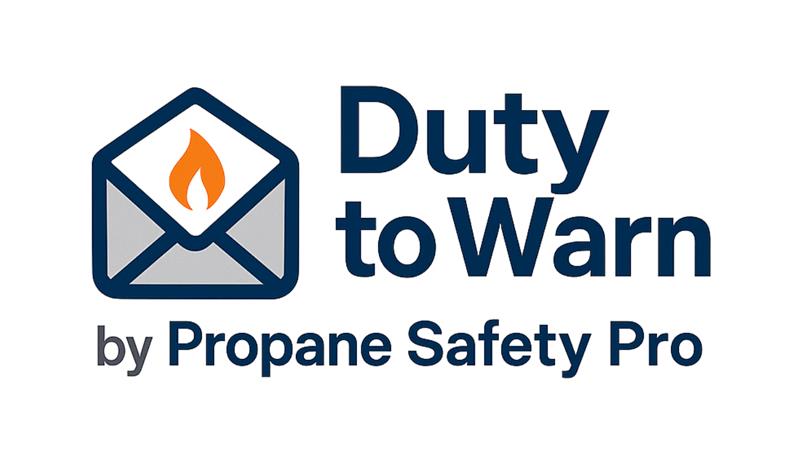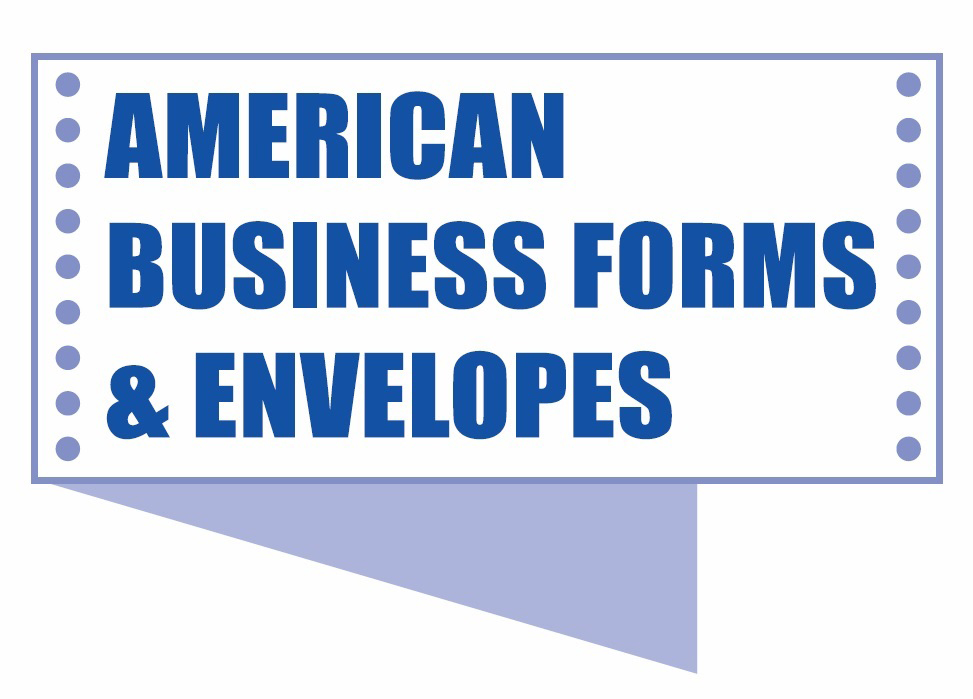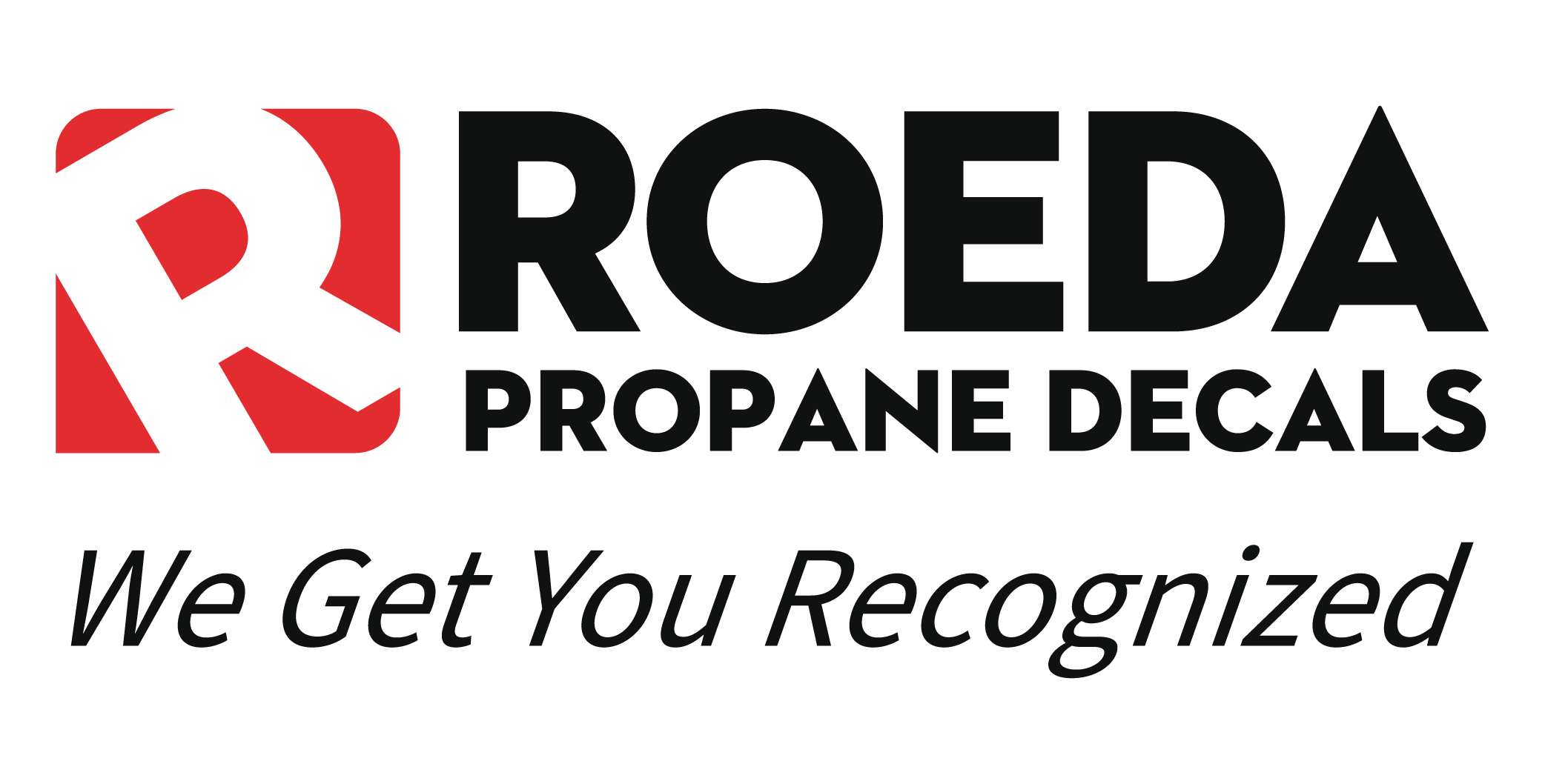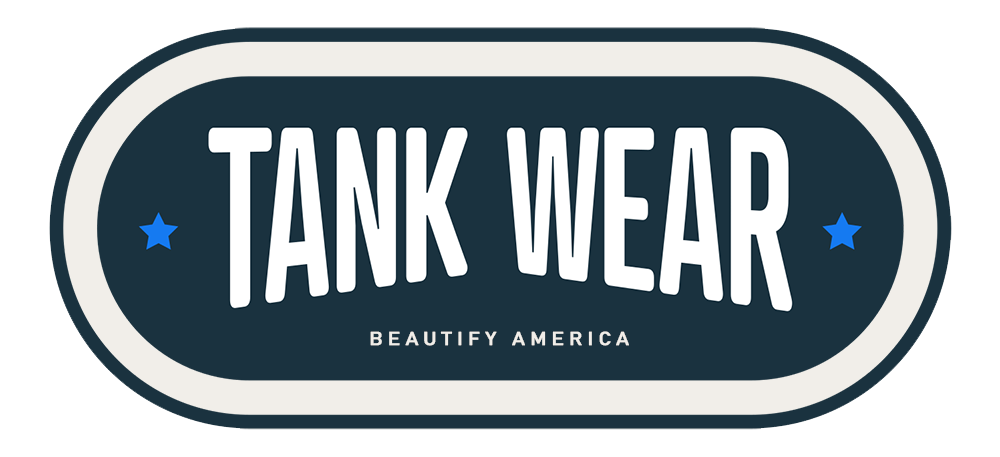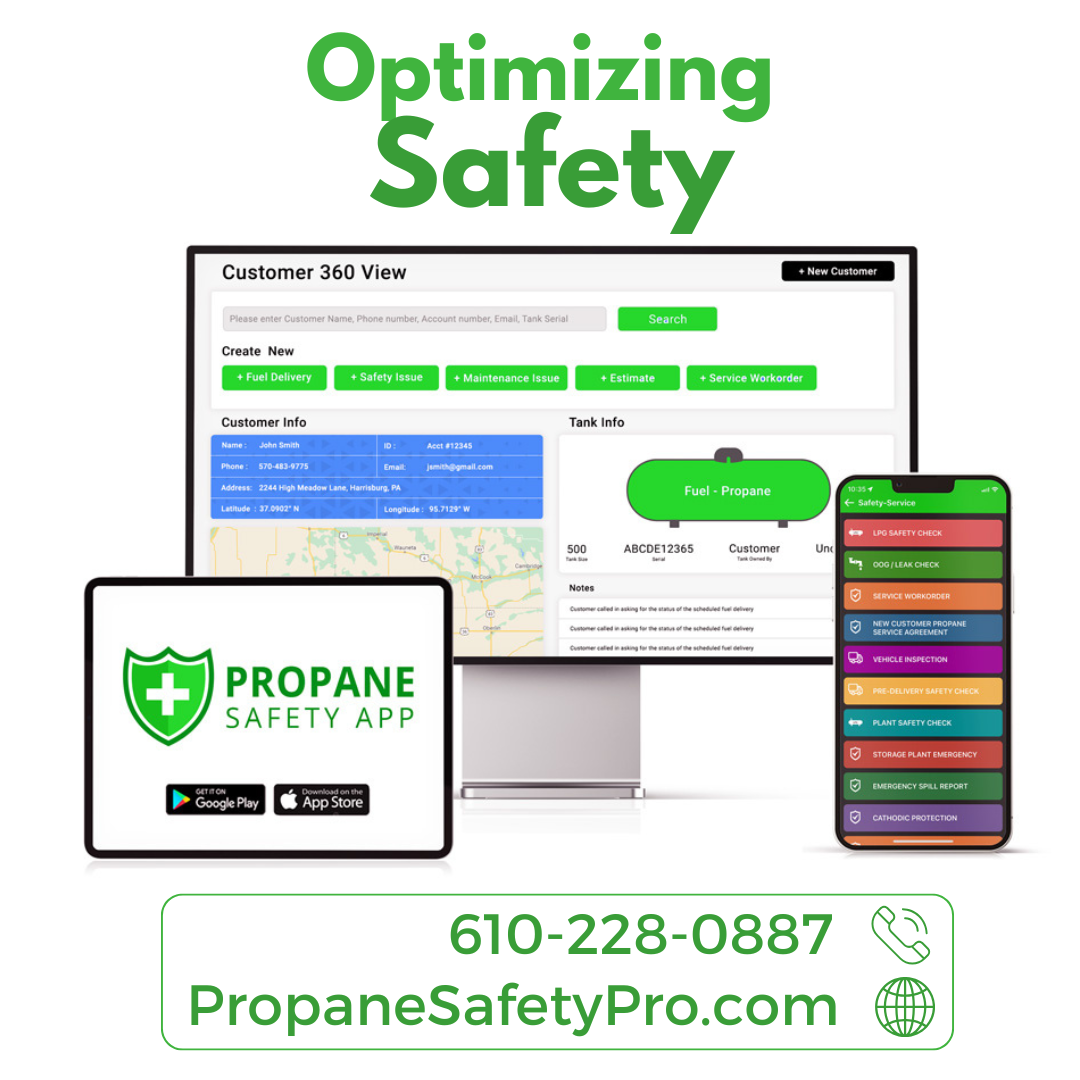Minimizing Accidents in the Workplace: How to Steer Clear of Strain and Unintended Mishaps

Workplace safety is of supreme importance. While many consider industries such as construction or manufacturing to have the highest risk of accidents, the truth is, mishaps can occur in any setting – from a quiet office to a bustling warehouse.
Among the most common culprits contributing to workplace injuries are excessive strain and unplanned stumbles or missteps. Recognizing these hazards and implementing effective strategies to counter them can significantly reduce workplace accidents.
1. Understanding the Risks of Overstraining
Before we delve into solutions, it’s essential to understand what causes undue physical strain. Overexertion occurs when an individual pushes their body beyond its safe limits by lifting, carrying, pushing, or performing any task that uses excessive force or repetition. Such actions can lead to sprains, muscle strains, and even long-term musculoskeletal disorders.
Ways to Mitigate Overstraining:
1. Ergonomics: Implement ergonomically designed furniture and equipment. These are tailored to provide maximum comfort and support, reducing the chances of straining.
2. Training: Teach employees the correct techniques for lifting and carrying. For example, always bend at the knees, not the waist, and ensure that loads are close to the body.
3. Frequent Breaks: Ensure that employees take regular breaks, especially during physically demanding tasks. Short rests can help muscles relax and recover, reducing the risk of overstrain.
4. Task Rotation: Rotate employees through different jobs to prevent repetitive actions, which can lead to muscle fatigue and strain.
2. Navigating Unplanned Stumbles and Missteps
It’s not just the high platforms or cluttered pathways that can cause someone to lose their footing. Even the most innocuous-looking wet patch on the floor or a curled carpet edge can result in a serious fall. Such incidents are among the top reasons for workplace injuries and can lead to bruises, fractures, and even concussions.
Strategies to Prevent Stumbles and Missteps:
1. Regular Maintenance: Ensure that floors, pathways, and stairs are in good condition. Address issues like broken tiles, frayed carpets, or uneven floorboards immediately.
2. Clear Clutter: Regularly check walkways and work areas, ensuring they are clutter-free. Boxes, equipment, cables, or even small items can become tripping hazards if left unattended.
3. Promptly Address Spills: Wet floors, whether from a spill or cleaning, should be dried immediately. If that’s not possible, place warning signs to alert people of the potential hazard.
4. Adequate Lighting: Properly lit areas can significantly reduce the chances of mishaps. Ensure that all parts of the workplace, especially staircases and corridors, are well-lit.
5. Footwear Policies: Encourage or mandate the use of non-slip footwear, especially in areas prone to wet conditions, such as kitchens or laboratories.
3. Cultivate a Culture of Safety Awareness
While physical precautions are vital, developing a workplace culture where employees prioritize safety is equally important.
1. Regular Training: Offer training sessions emphasizing the importance of safety. These should not be one-time events but should be held regularly to refresh and update knowledge.
2. Encourage Reporting: Create an environment where employees feel comfortable reporting potential hazards or unsafe behaviors. Prompt action can then be taken to address these concerns.
3. Feedback Loop: Establish a system where feedback on safety measures is actively sought and implemented. This helps ensure that strategies are effective and allows for continuous improvement.
In essence, maintaining a safe workplace isn’t just about responding to accidents – it’s about proactively identifying and mitigating potential risks. By being vigilant about excessive physical strain and the hazards that can lead to unplanned falls, companies can protect their most valuable asset: their employees.



